Fujifilm X-T30 vs X-T3: 12 key differences you need to know
Two great cameras – but which one is right for you?
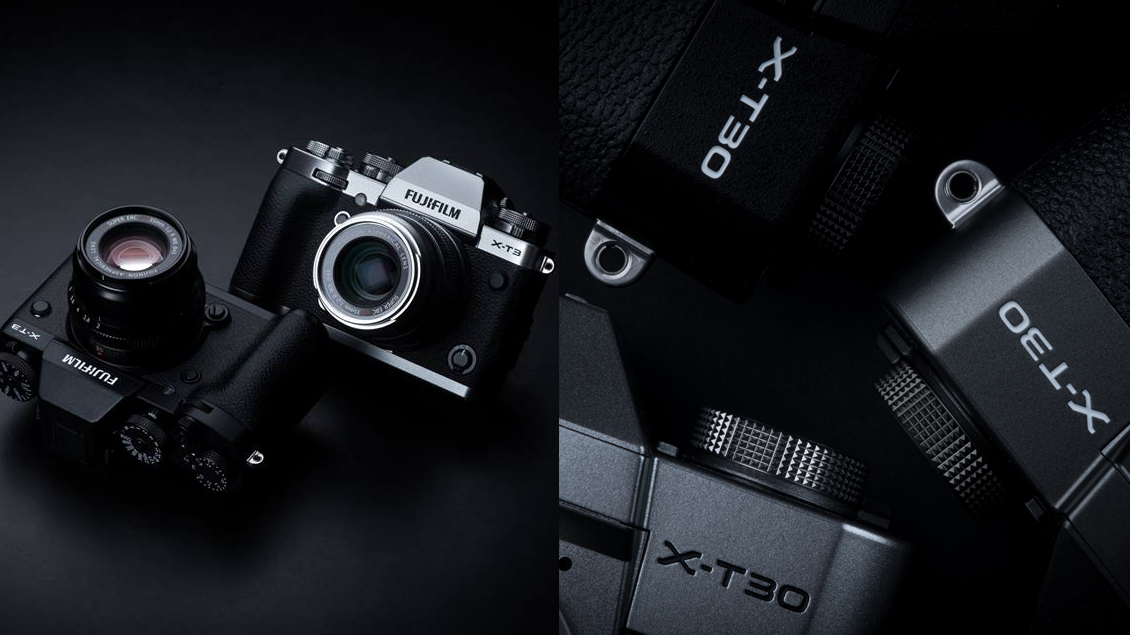
Fujifilm has made a habit of bringing technology from its single-digit X-series models down to its more affordable double-digit line, and the latest X-T30 keeps to tradition by packing a whole heap of goodies from last year's X-T3.
The similarities go right to the core, with the 26.1MP X-Trans CMOS 4 sensor and X-Processor 4 engine shared between the two cameras. The feature-sharing works both ways, though, and Fujifilm has promised that a handful of features first seen inside the X-T30 will eventually make their way up to the X-T3 via a forthcoming firmware update.
These include more accurate Face and Eye Detection systems, together with the new Face Select function that allows the user to prioritize different faces detected in the frame. A new algorithm that promises faster autofocus is also set to be included in the update.
So where exactly does the newer model have the edge? And does the X-T3 still offer any advantages of its own? Taking into the account the changes promised by the upcoming firmware update for the X-T3, here are the main ways in which the two cameras will end up differing from each other.
Fujifilm X-T3 vs X-T30: weight
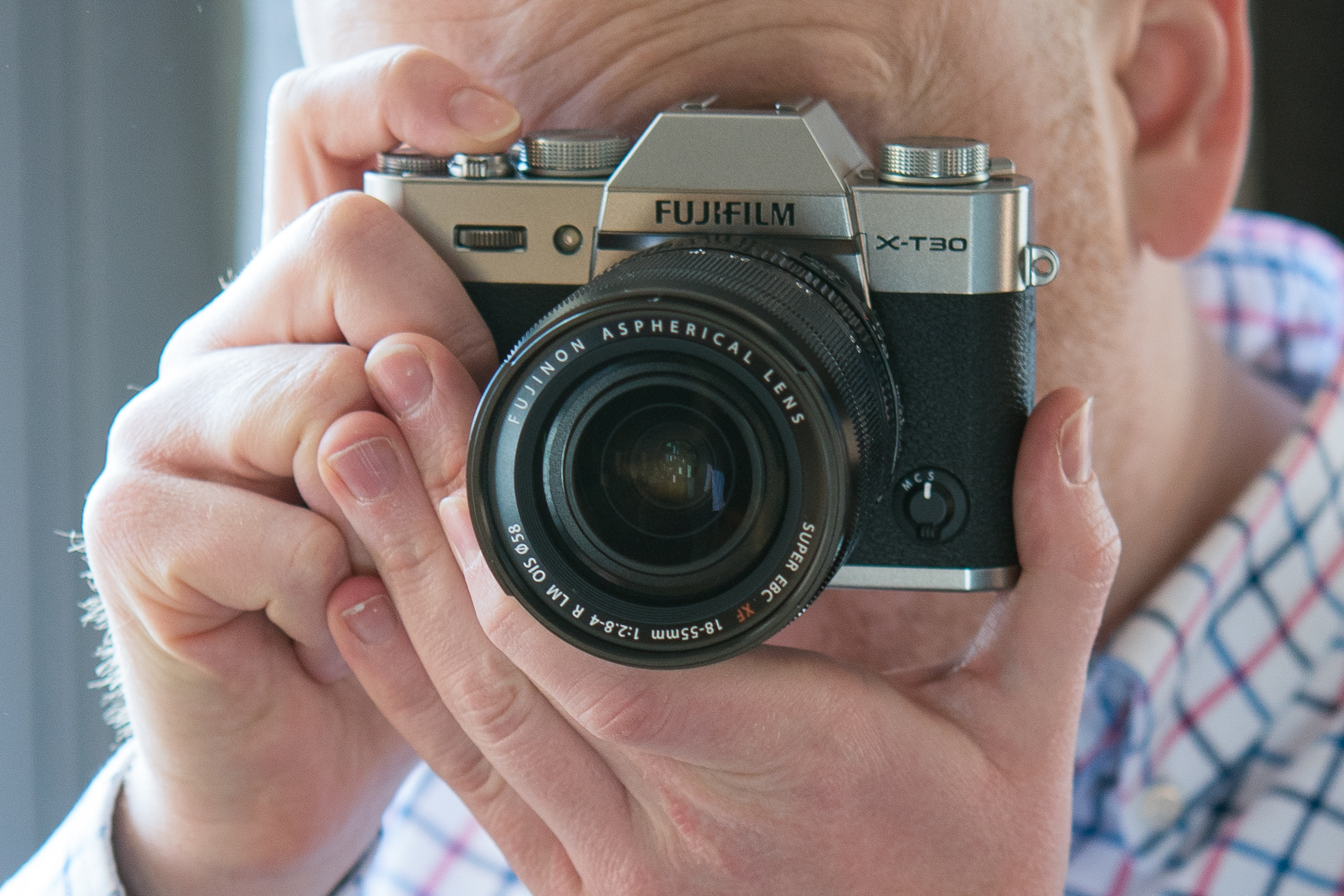

Including its battery and memory card, but without a lens mounted, the X-T3 weighs 539g. The X-T30, meanwhile, weighs more than 150g less, at just 383g with its card and battery in place.
Fujifilm X-T3 vs X-T30: size
The X-T30 is significantly smaller in the hands too, with a width, height and depth of 118.4mm x 82.8mm x 46.8mm respectively. The X-T3, meanwhile, is bigger in every dimension, measuring 132.5 x 92.8 x 58.8mm, and, together with its bigger grip, this enables it to better support longer and heavier lenses.
Fujifilm X-T3 vs X-T30: LCD screen
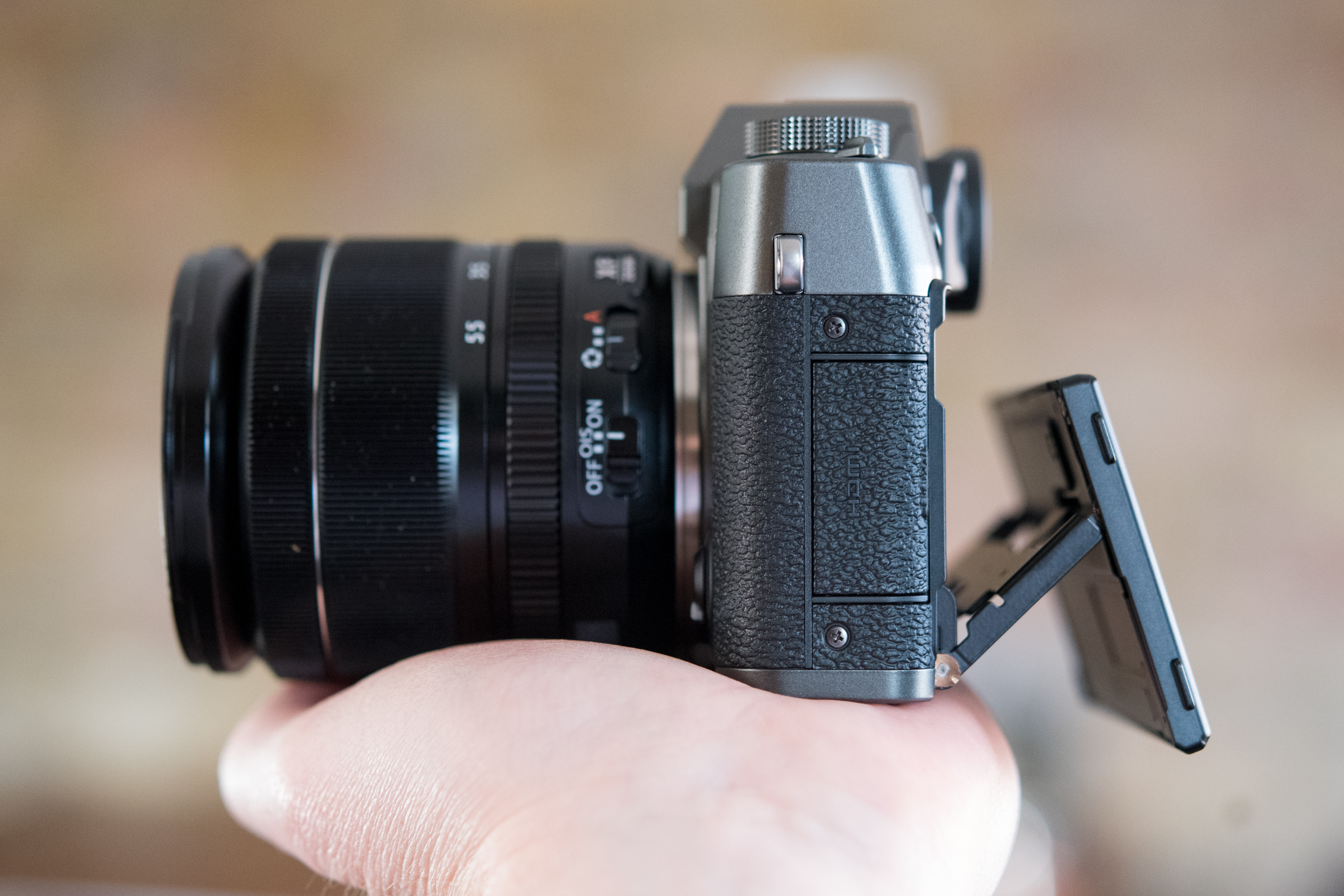

Both the X-T30 and X-T3 are designed with 3-inch touchscreen displays, each with a 1.04 million-dot resolution. Both screens can also be pulled away from the camera and tilted to a variety of angles, although neither can face the front.
Sign up for breaking news, reviews, opinion, top tech deals, and more.
The only real difference between the two here is that the X-T3's display has a tri-axis mounting design, which allows it to tilt not just up and down but also sideways. This makes it slightly more flexible when capturing images in portrait orientation – and also around corners, if you ever find yourself needing to do that – where up-and-down tilt isn't all that useful.
The X-T30, meanwhile, has a dual-axis design, which provides a little less flexibility by comparison, although many cameras manage to do just fine with such a design.
Fujifilm X-T3 vs X-T30: EVF

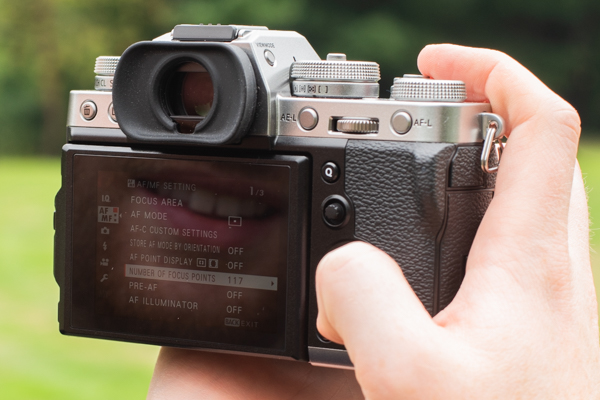
One difference that can only really be appreciated in use concerns the viewfinders on the two models.
The X-T3 is equipped with a 0.5-inch EVF with a magnification of 0.75x in 35mm terms, and a 3.69 million-dot panel. The X-T30, meanwhile, has a 0.39-inch alternative with a significantly lower magnification of 0.62x, and its 2.36 million-dot resolution is also lower. The two also have a different eyecup, as can be seen in the images above.
We didn't find the X-T30's viewfinder to be a bad performer when we got our hands on the camera, but this is still one advantage you get by forking out for the more senior of the pair.
Fujifilm X-T3 vs X-T30: burst rate and buffer depth
With strong autofocus systems, and the option to capture up to 8fps on the X-T30 and 11fps on the X-T3, both cameras are perfectly serviceable for action photography. The X-T3 can soldier on for longer here, capturing up to 145 JPEGs or 42 losslessly compressed raw frames, or 36 uncompressed raw frames at this rate. The X-T30 isn't quite as impressive, managing 90 JPEGs and 18 raw frames (either compressed or uncompressed).
Those figures are when using each camera's mechanical shutter, but both can be boosted if you're happy to use an electronic shutter. Here, each camera can capture up to 20fps at full resolution, with the X-T3 crunching through 79 JPEGs or up to 36 raw frames, while the X-T30 manages 32 JPEGs or 17 raw files.
Both cameras also have the same Sports Finder mode, which boosts the shooting speed even further to 30fps, albeit with a 1.25x crop. This results in images of around 16MP, with the X-T3 once again showing its mettle, with 60 JPEGs or 33 raw frames against the X-T30's 26 JPEGs or 17 raw files.
Fujifilm X-T3 vs X-T30: maximum shutter and flash sync speed
One small difference we're seeing across models in different classes is that more senior models tend to offer slightly faster shutter speeds with their mechanical shutters. And this is what we find here, namely a maximum 1/8000 sec shutter speed on the X-T3 and a top setting of 1/4000 sec on the X-T30.
As both cameras have electronic shutters too, these speeds can be boosted to 1/32,000 sec where required, although this may not be suitable for some moving subjects or in artificial light.
The X-T3 also has a flash sync speed of 1/250 sec, whereas on the X-T30 it's a slightly lower 1/180 sec.
Fujifilm X-T3 vs X-T30: flash
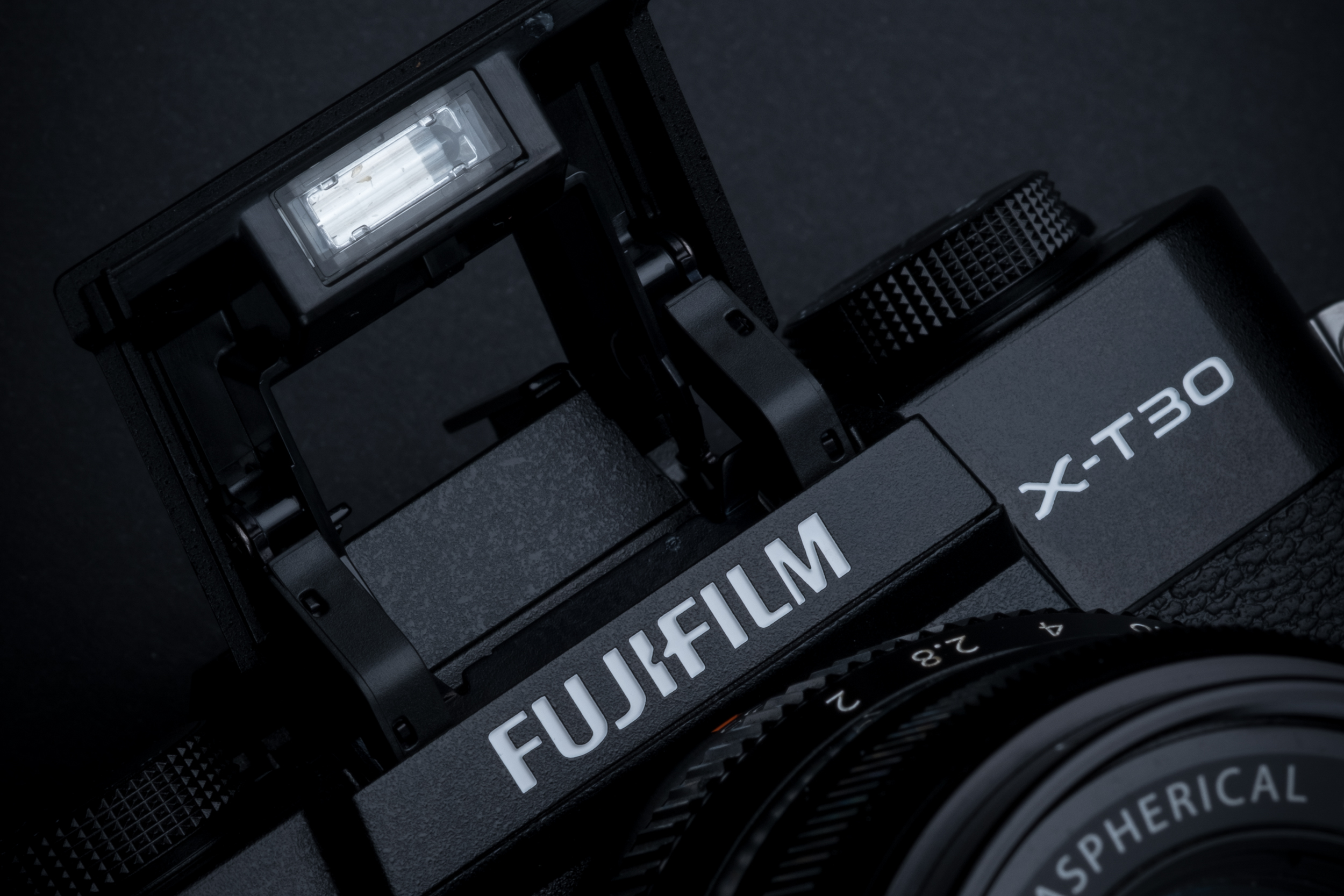
One small bonus for the X-T30 is that it offers a built-in flash, something that's missing from the X-T3. The latter camera does, however, come with the separate EF-X8 as standard, which slips into the camera's hotshoe.
So, you can use flash with both cameras without needing to purchase a separate unit, although some people will no doubt prefer the integrated flash on the X-T30; that camera also sports a hotshoe should you want to partner it with something more powerful.
Fujifilm X-T3 vs X-T30: video specs
The X-T30 gains a lot of the same video specs as the X-T3, with 4K video recording in both UHD and DCI formats from originally oversampled at 6K footage.
The two main points of difference are that the X-T3 can capture 4K footage at a maximum 60p rather than the X-T30's 30p limit, and it can also capture 10-bit 4:2:0 footage internally, rather than 8-bit 4:2:0 like the X-T30. Each camera is also capable of outputting 10-bit 4:2:2 footage through its HDMI port.
Fujifilm X-T3 vs X-T30: ports
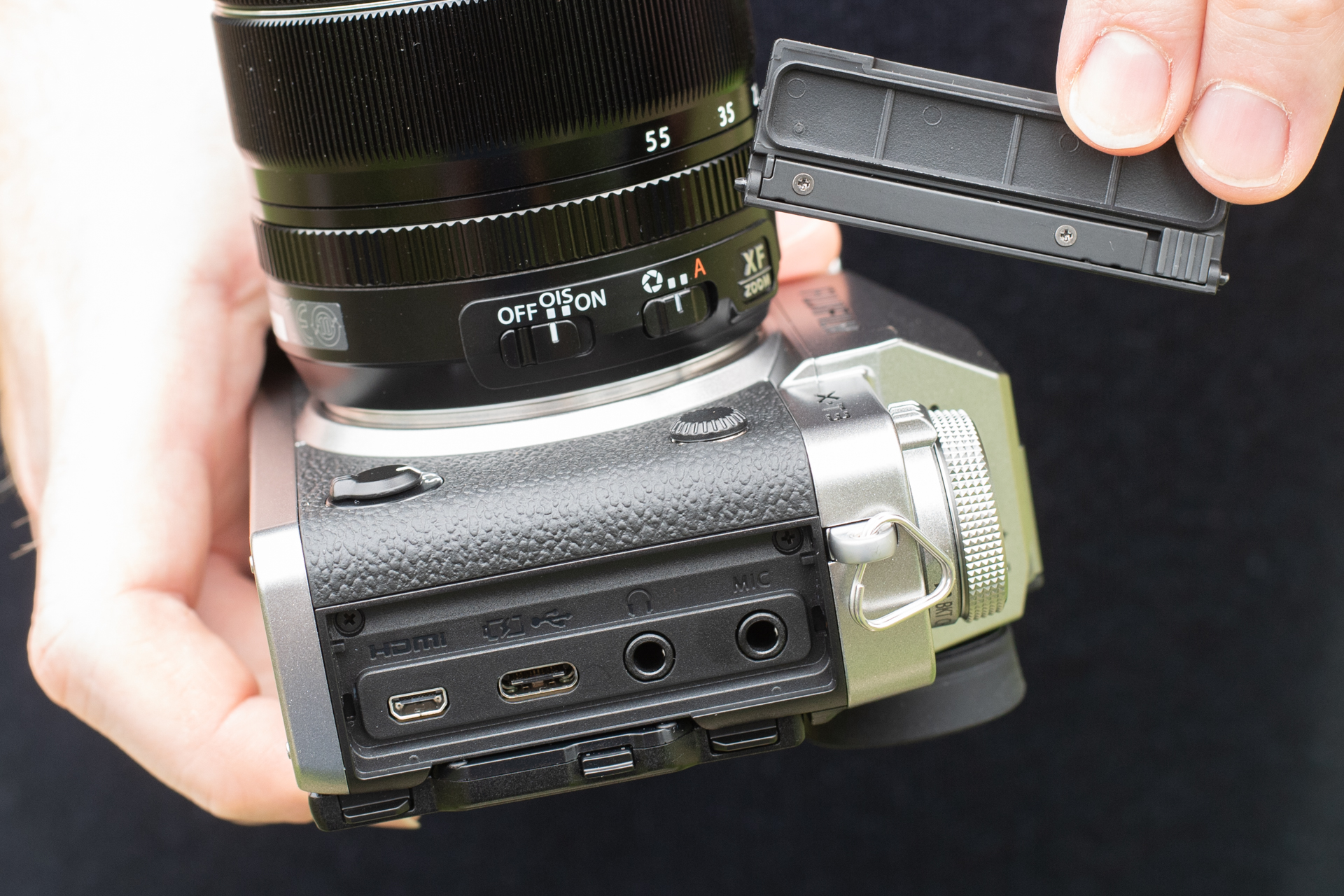
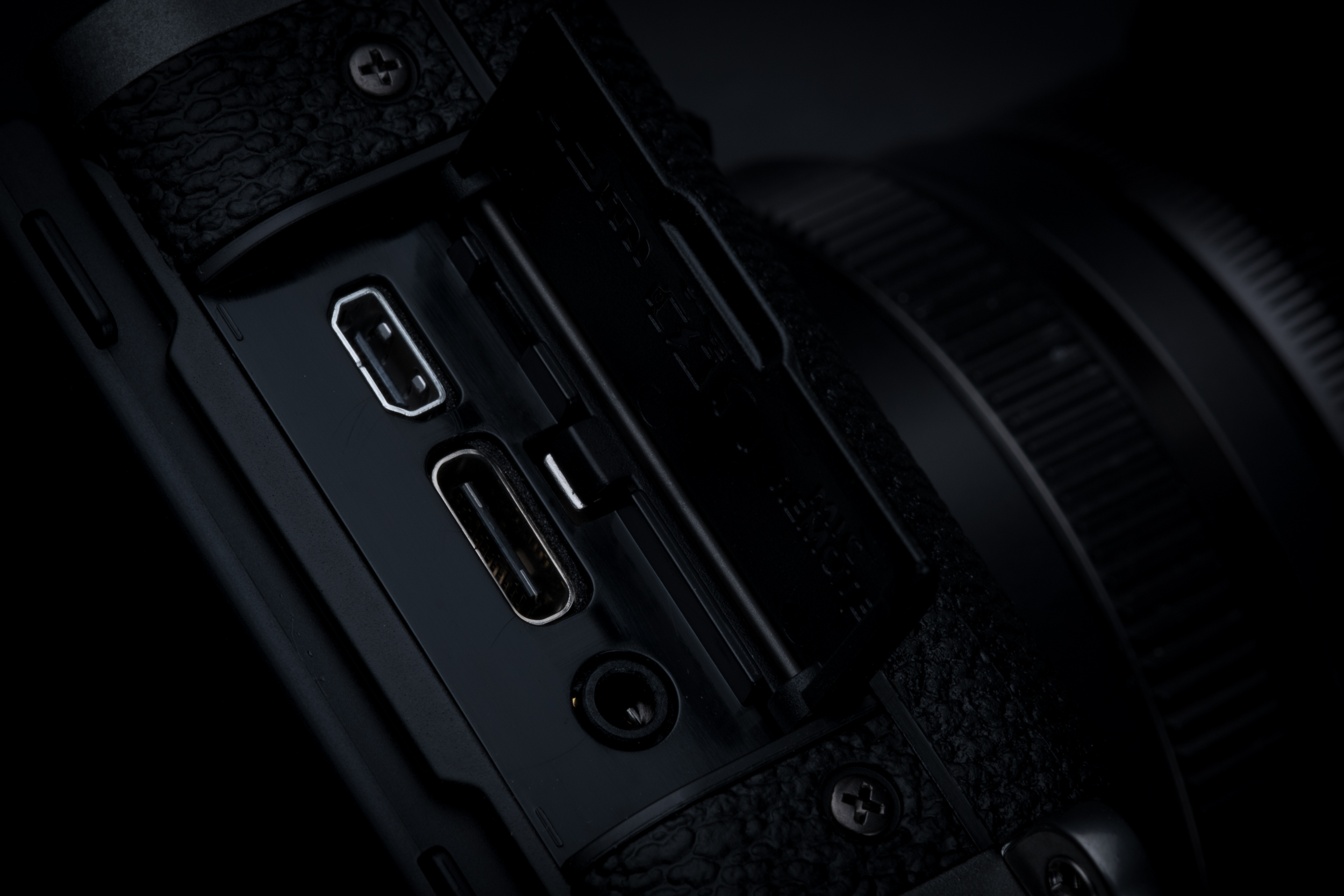
The X-T3 has the upper hand here. Both the X-T30 and X-T3 are fitted with USB (3.1) Type C and Micro HDMI ports, although the X-T3 complements these with a 3.5mm socket for microphones and a further 3.5mm port for headphones.
The X-T30 doesn't offer these 3.5mm ports; instead, it packs a 2.5mm socket for microphones, and has no dedicated headphone socket, although headphones can be used through the USB port.
So, the X-T3 is a little more flexible here, but if you have a mic with a 2.5mm jack (or 3.5mm headphones and the right adaptor) and a pair of headphones with a USB-C connection, you'll be fine with the X-T30.
Fujifilm X-T3 vs X-T30: weather sealing
If you tend to shoot landscapes, seascapes and anything else outdoors, you'll be better served by the X-T3, as it's protected against inclement weather, something the X-T30 lacks. For complete protection, you'll want to partner it with a lens designed to the same standard, which you can tell by the 'WR' suffix in its title.
Fujifilm X-T3 vs X-T30: battery life
Both cameras are powered by the same NP-W126S lithium-ion battery, but the X-T30 promises 390 frames per charge rather than the 380 frames of the X-T30 (according to CIPA testing).
This is a small and largely insignificant difference, and it's worth remembering that what you actually achieve in real-world use tends to be different from these figures.
Incidentally, both figures are pretty average for mirrorless cameras, and are easily bettered by some other models.
Fujifilm X-T3 vs X-T30: card slots
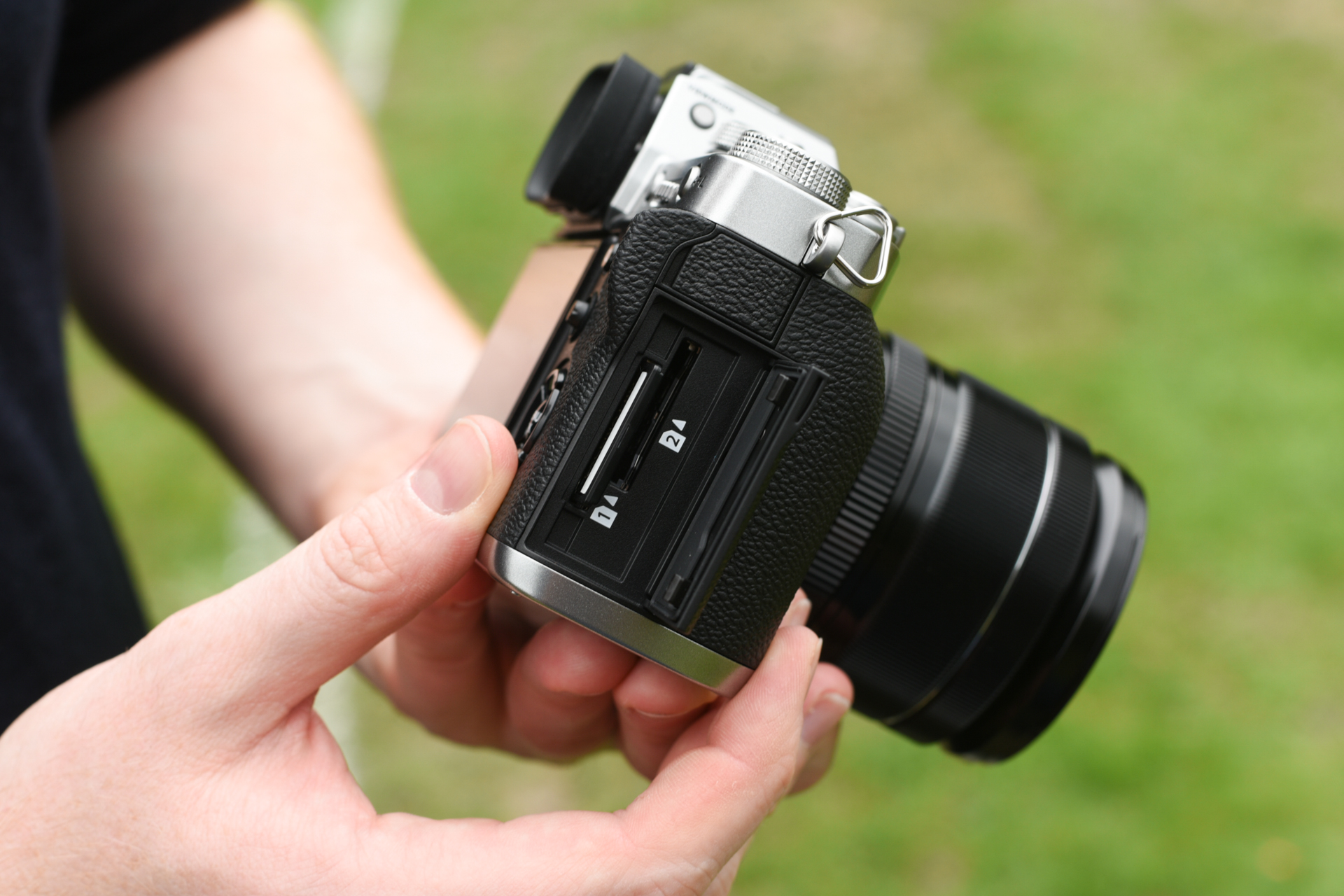
It's a brave manufacturer that fits pricey cameras with just a single card slot, but this is far more tolerated on cheaper bodies. Accordingly, we find a single card slot on the X-T30 and a pair of them on the X-T3.
Both models support the SD-type format, which allows for SDXC, SDHC and older SD cards to be used, although only the X-T3 supports both UHS-II and UHS-I types. The X-T30 only supports the latter, so while you can still use UHS-II cards if you have them, you won't see any performance benefits once they're in the camera.